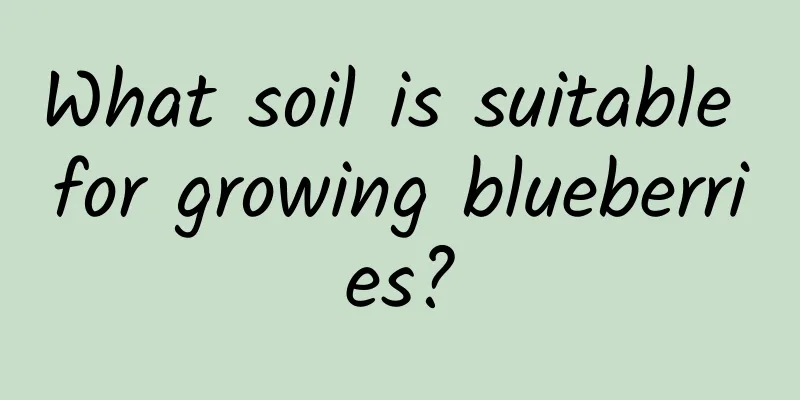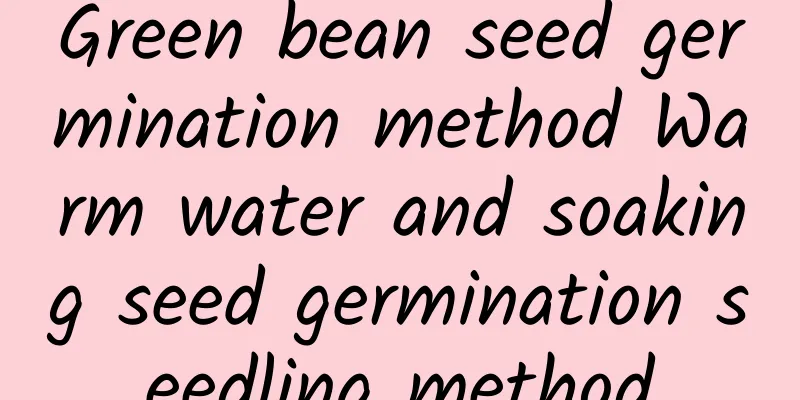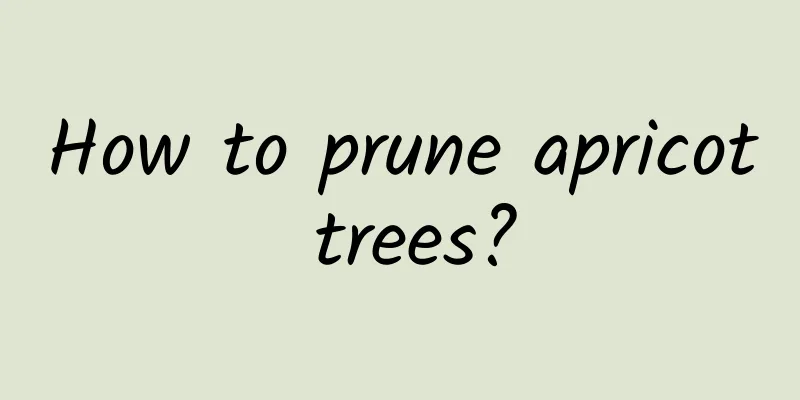What are the new varieties of citrus?

1. Red BeautyThis variety is a popular variety nowadays and is also called "Ehime 28". It has a beautiful appearance, is easy to peel, and is very convenient to eat. It has no core inside and has a relatively tender taste. However, during planting, its resistance to diseases and pests is relatively weak, so more prevention is needed. Its yield is very considerable, and it is necessary to thin out the flowers and fruits in time to prevent its growth from weakening. 2. Late Navel OrangeIt is a late-maturing variety. Compared with other varieties, it is easier to peel and has very firm flesh. In terms of breeding, it has strong frost resistance and disease resistance, so it is much easier to cultivate. 3. MurcottIt is also a late-maturing variety, which matures around February and at the latest around May. In terms of taste, it is a bit sweet and sour, the skin of the fruit is very tight, and there are relatively few cores inside, which will easily be loved by consumers. 4. GongganIt is also known as "Emperor Tangerine" and is a natural hybrid of orange and tangerine. The fruit has a very beautiful shape and a bright golden color. The skin is relatively thin and there are very few cores inside. It tastes very sweet and is very suitable for consumption. |
<<: Cultivation methods and precautions of Yushu
>>: Why can't cooked flower seeds germinate?
Recommend
Growth environment conditions and characteristics of Podocarpus
Podocarpus growth environment conditions and requ...
What flowers are suitable for growing in Ziyang? What are the city flowers and trees?
1. Climate characteristics of Ziyang Ziyang has a...
How to plant Chinese toon? Can it be grown in the south?
As a vegetable deeply loved by people, toon is no...
How to fertilize hibiscus
Fertilization method during repotting and pruning...
The benefits of breeding coral
The ornamental function of coral The flowers of t...
What to do if Desert Rose leaves curl
The reason why the leaves of Desert Rose curl up ...
What is the reason for the yellow leaves of Christmas cactus and what is the remedy
1. Too much light Reason: Although it likes light...
Are plum blossoms suitable for planting in the courtyard? How to grow them in the courtyard?
1. Is it suitable for planting in the garden? Plu...
Is pepper a fruit or a vegetable?
Is pepper a fruit or a vegetable? Chili is a kind...
How to prune longan trees
When to prune longan trees Longan trees usually n...
What are the cultivation methods and precautions of Yuanbao Tree?
Growth habits of Yuanbao tree Yuanbao Tree belong...
The role of hydrangea
Watch Hydrangea originally grows in the Yangtze R...
How big is the grape tree pot
1. How big is the basin? The size of the pot requ...
When is the best season to repot chives?
1. Time to change pots It should be repotted in s...
What flower scent is the best for indoor use?
1. Milan The fragrance of Milan flowers is fresh ...









